Early Signs of Autism Spectrum Disorder – A Guide for Parents
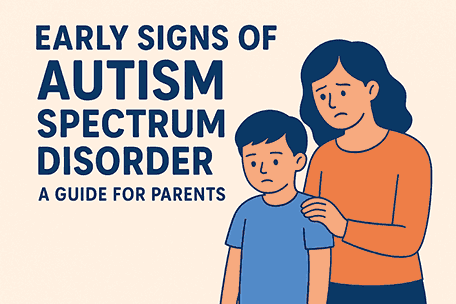
Introduction
Every parent dreams of watching their child grow, learn, and explore the world with curiosity. However, some children develop differently, and these differences may indicate a condition known as Autism Spectrum Disorder (ASD). Autism affects how children communicate, interact, and behave. Detecting early signs is crucial, as early intervention can make a significant difference in a child’s development.
This guide will help parents understand the early warning signs of autism, why early recognition matters, and what steps to take if concerns arise.
What Is Autism Spectrum Disorder?
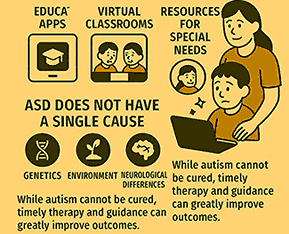
Autism Spectrum Disorder is a developmental condition that impacts social interaction, communication, and behavior. The term “spectrum” reflects the wide range of symptoms and severity. Some children may face significant challenges, while others might display mild differences yet still need support.
ASD does not have a single cause. Genetics, environment, and neurological differences all play roles. While autism cannot be cured, timely therapy and guidance can greatly improve outcomes.
Why Early Detection Matters
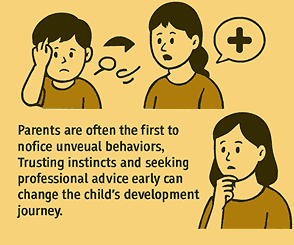
Early detection is the first step toward effective intervention. Research shows that children who receive therapies before age three often achieve better communication skills, stronger social connections, and improved independence later in life.
Parents are often the first to notice unusual behaviors. Trusting instincts and seeking professional advice early can change the child’s developmental journey.
Early Signs in Social Interaction
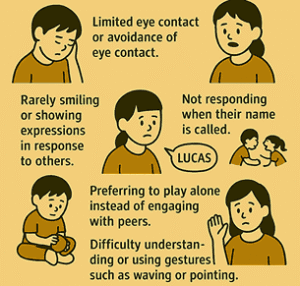
Children with autism often display difficulties in social communication. Some early signs include:
-
Limited eye contact or avoidance of eye contact.
-
Rarely smiling or showing expressions in response to others.
-
Not responding when their name is called.
-
Preferring to play alone instead of engaging with peers.
-
Difficulty understanding or using gestures such as waving or pointing.
These signs may appear subtle at first but become more noticeable as children grow and social demands increase.
Early Signs in Communication
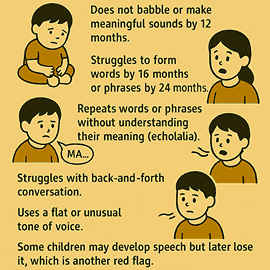
Communication delays are often one of the most obvious signs. Parents may observe that their child:
-
Does not babble or make meaningful sounds by 12 months.
-
Struggles to form words by 16 months or phrases by 24 months.
-
Repeats words or phrases without understanding their meaning (echolalia).
-
Struggles with back-and-forth conversation.
-
Uses a flat or unusual tone of voice.
Some children may develop speech but later lose it, which is another red flag.
Early Signs in Behavior
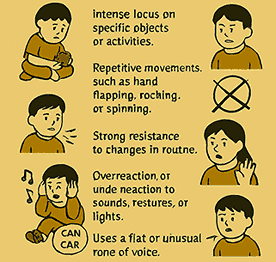
Behavioral differences are also common among children with autism. Parents may notice:
-
Intense focus on specific objects or activities.
-
Repetitive movements such as hand flapping, rocking, or spinning.
-
Strong resistance to changes in routine.
-
Overreaction or underreaction to sounds, textures, or lights.
-
Fixation on parts of objects, like spinning wheels instead of playing with a toy car as a whole.
While many children show quirky behaviors, persistent patterns of these actions may indicate autism.
Developmental Red Flags
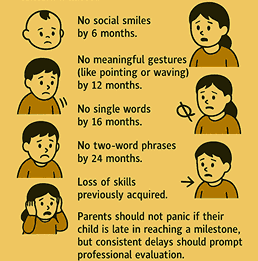
In addition to specific behaviors, there are developmental milestones that may signal concern if missed:
-
No social smiles by 6 months.
-
No meaningful gestures (like pointing or waving) by 12 months.
-
No single words by 16 months.
-
No two-word phrases by 24 months.
-
Loss of skills previously acquired.
Parents should not panic if their child is late in reaching a milestone, but consistent delays should prompt professional evaluation.
When to Seek Professional Help
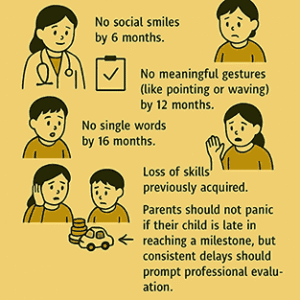
If parents notice these signs, the next step is consulting a pediatrician or developmental specialist. Screening tools, such as the M-CHAT (Modified Checklist for Autism in Toddlers), can help identify risks.
Early intervention services may include speech therapy, occupational therapy, and behavioral therapy. The earlier these services start, the more effective they become.
Supporting a Child with Autism
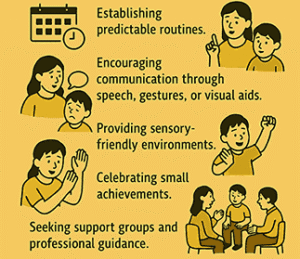
While the diagnosis may feel overwhelming, support and acceptance create a strong foundation for the child. Parents can help by:
-
Establishing predictable routines.
-
Encouraging communication through speech, gestures, or visual aids.
-
Providing sensory-friendly environments.
-
Celebrating small achievements.
-
Seeking support groups and professional guidance.
Children with autism have unique strengths, and nurturing these abilities can help them thrive.
Conclusion
Recognizing the early signs of Autism Spectrum Disorder empowers parents to act quickly and provide the best support for their children. By paying attention to social interaction, communication, and behavior, parents can identify red flags and seek professional help.
Autism is not the end of growth—it is simply a different path. With early detection, intervention, and love, children with autism can lead fulfilling and meaningful lives.
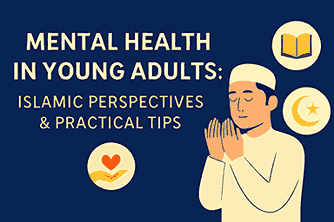
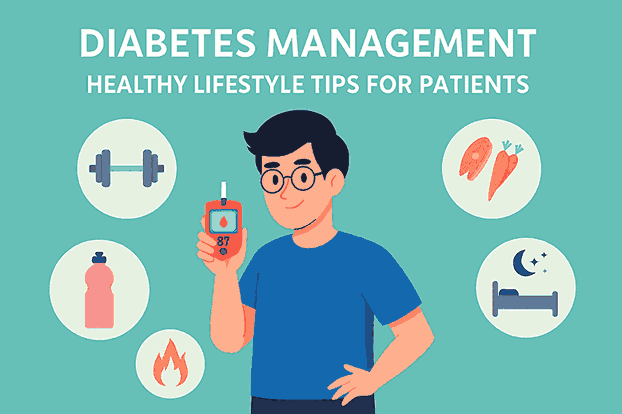
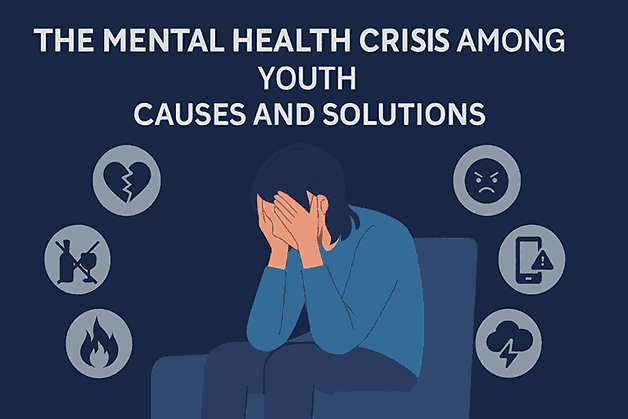
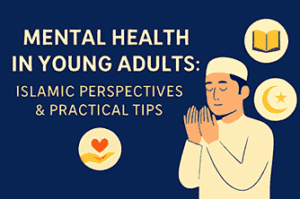
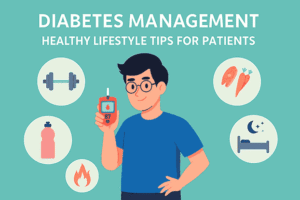
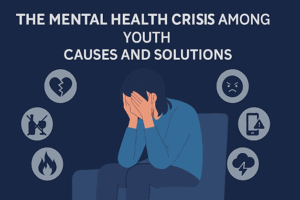
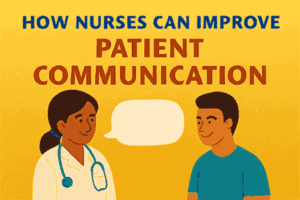
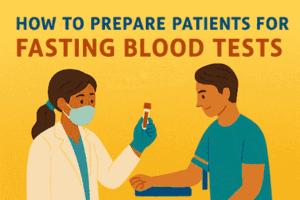
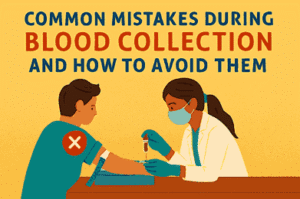
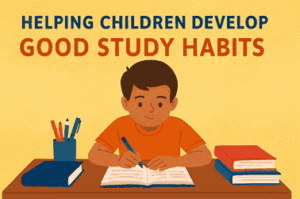
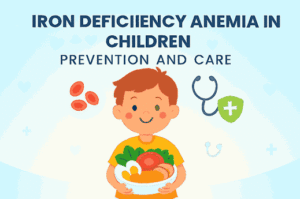
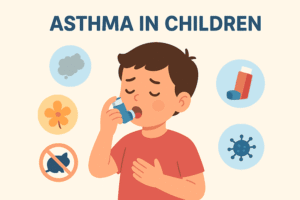

Post Comment